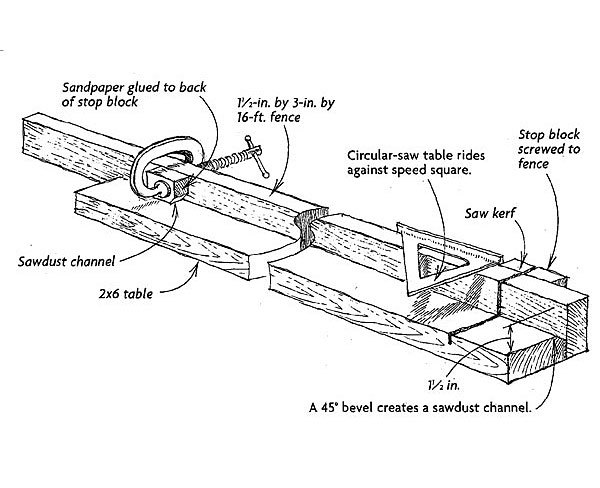Stuart Ablett
Member
- Messages
- 15,917
- Location
- Tokyo Japan

Feeling a bit dumb today. Not sure I understand the sawdust kerf idea. How does that work and still be a ZCI?

It's a groove that runs along the base of the fence so that sawdust doesn't build up and prevent you from getting the workpiece firm and flush with the fence. It can be cut in either the base or the fence itself....This example uses a bevel cut on the base. I've always done mine as a rabbet cut along the bottom of the fence where it meets the base.
